The Range Hood Features of Today and Tomorrow
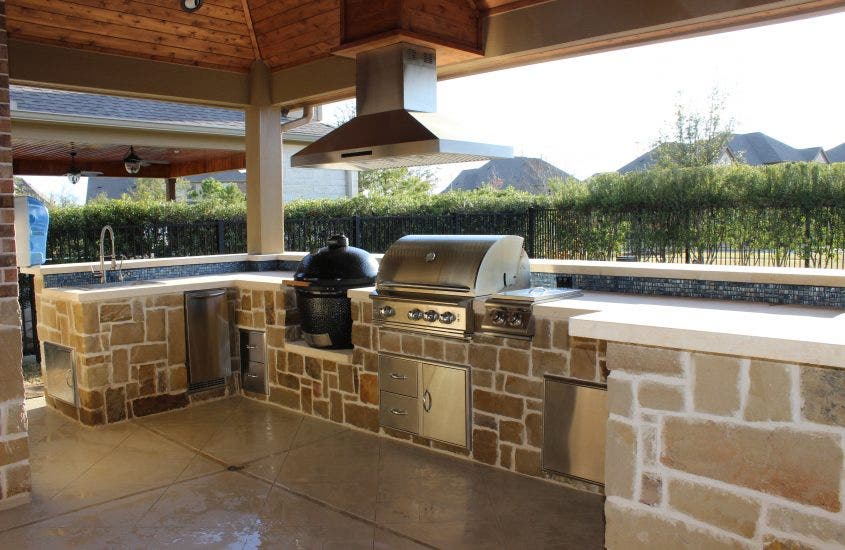
At Proline Range Hoods, we believe that a range hood is the kitchen’s center. Not only that, but it makes life in the kitchen much easier and helps you live a healthy lifestyle.
All kitchen appliances are made with this in mind: to offer you convenience and save you time. These include (but are not limited to) dishwashers, toaster ovens, microwaves, ranges, refrigerators, freezers, and ─ you guessed it ─ range hoods.
What can range hoods currently offer you ─ and how are they being improved to provide even more convenience? How can they continue to improve, to better streamline cooking and cleaning, act as even more elegant statement pieces, and become even easier to use? Let’s take a look.
Table of Contents
Why do I need an improved range hood?
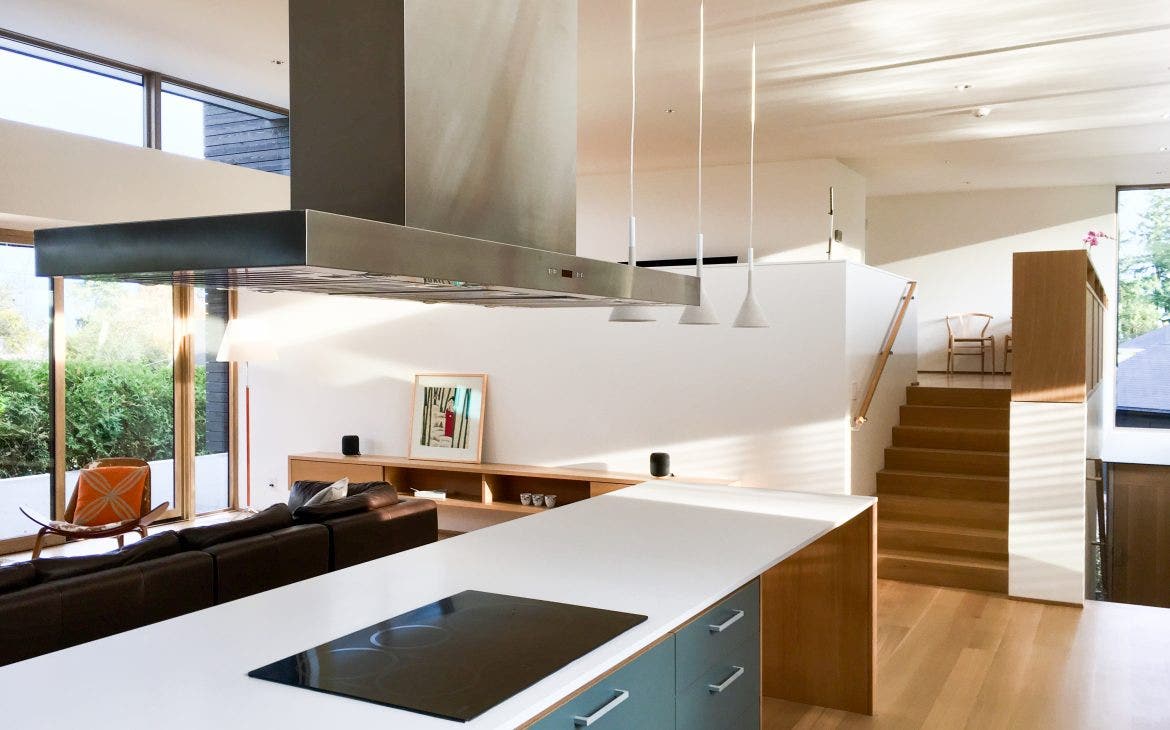
Today, several convenient range hood features are on the horizon, ready to be implemented. They make cooking and cleaning easier for you. Range hood companies are working on integrating Amazon Alexa and your Google Home with your range hood.
Also in the works is a push-lever that will adjust your range hood height, even after installation. And finally, always at the front of companies’ minds is user experience. So, several companies have been working to streamline the range hood installation process to just 5 minutes.
Right now, these features may seem like luxuries. The goal is to make these helpful features widely available to buyers.
Robert Siegel and a handful of inventors came up with some of their own ideas to improve a range hood’s design and functionality. I’ll go over these ideas in detail below. Enjoy!
Siegel’s Modern Range Hood
In 2017, a group of inventors patented a ‘smart’ range hood with several innovative features. It has yet to hit the market in force, but gives great insight into the potential of range hoods and how automation can improve your cooking experience.
Siegel et al. (2017) include several important findings in their patent regarding how people prefer to use their hood. They show that a range hood with improved automation is valuable. Here’s what he found:
“Experts say that American households in general and kitchens, in particular, are seriously under-ventilated,” Siegel writes. “Many homes are constructed with hoods that do not vent outdoors.”
Why are so many homes under-ventilated? Essentially, Siegel and his team note that with a heightened focus on energy efficiency in homes, people have higher quality insulation, weather stripping, and other types of seals in their home (1). This keeps all your indoor air indoors and hinders ventilation.
As a result, this can compound health effects, he argues, for both the ventilation structure itself and those inside the home. According to Siegel, carbon monoxide is especially dangerous because it is colorless and odorless (2). You require a sensor to detect it – and even then, it may not be reliable:
“It is unlikely that CO being emitted by a cooking appliance will be detected by plug-in detectors, since the installation instructions for these devices recommend placing them a minimum distance away from such appliances. [This will] avoid setting off an alarm due to transient levels emitted from said cooking appliances” (2).
Siegel’s intuition is, unfortunately, correct. In 2018, 400 people died from carbon monoxide poisoning.
Purchasing a ducted hood is the first step to ensuring that you minimize this risk. As you may know, ducted hoods are much more efficient than ductless hoods. They filter all the unwanted contaminants out of your home rather than recirculate them throughout the kitchen. We’ll discuss other steps to take later in the article.
People not only lack ducted hoods and widespread ventilation but even those that have a hood “do not use their hoods routinely when cooking. They don’t like the noise or the fact that the hoods use extra power and remove conditioned air from the house” (Siegel 2).
Rather than focus on the pros of range hoods, they emphasize a con – one that can be controlled if you keep your hood on only when you know you need it.
However, many struggle to do this as well.
Siegel explains that “when [people] do use them, they often leave the room and forget to turn them off, which can waste a good deal of additional energy both from the fan itself and the loss of heated or cooled air” (2).
This can, of course, easily be mitigated if you pay close attention when using your range hood. Siegel recommends that people learn exactly how much ventilation they need in their home. This is great advice; it will keep you healthy and save you money.
Let’s say the user knows how much ventilation they need in their home. That being said, how can we make it even easier for them to save their money and ensure their safety?
Siegel’s research has focused on improved and automatic range hood control panels and sensors that do extensive work in the kitchen for you.
Some Speculation About the Future of Range Hoods
In the beginning of his patent, Siegel identifies a glaring issue with range hoods today: “The vast majority are manually controlled and will not activate unless the user takes action” (2).
A select few have semi-automatic controls; they have to be turned on manually, but turn off automatically. These range hoods include several of Proline Range Hood’s insert and island models. These hoods include a convenient time-delay feature which turns your hood off automatically after 15 minutes with the push of a button.
Yet, as he points out, most are manual. Why do so few hoods have automatic controls?
Siegel compares a range hood to a home thermostat to explain this. Unlike a thermostat, a range hood cannot control the amount of heat that is being produced; “therefore, it must react without knowledge of what the stove is doing or whether the heat or smoke it just detected is increasing, decreasing, or being produced at a steady rate” (Siegel et al. 2).
What range hoods need is a way to measure ventilation dynamically, as Siegel calls it. How might this be possible?
He explains that “a self-contained hood system with a controller that will be able to not only detect the need for ventilation but to determine the amount of ventilation required at any point before, during, or after the cooking process might be desirable” (3).
Air quality sensors can accomplish this dynamic ventilation. Along with this innovation, detecting changes in the surrounding environment and improving alarm capabilities are the next steps in improving range hood function and user experience. I’ll go over these three features below.
Air Quality Sensors
The idea behind air quality sensors is for the range hood to react in real-time to the ever-changing air quality in your kitchen. For example, in most cases, if you cook on low heat, you’ll produce fewer contaminants from your cooking. If you cook on high heat, you’ll produce more contaminants.
So if you turn up your gas stove to boil water, the added heat will produce more steam. Ideally, your range hood will then increase in power to adapt to this high heat.
Heat isn’t the only possible air quality sensor, though; others include humidity, gas, and temperature (Siegel 4). A carbon monoxide sensor could also be extremely valuable; if it begins to accumulate in your home, your range hood will pull more CFM of air out of your home to keep you safe.
Siegel’s 2017 Range Hood Invention
Siegel’s patented range hood monitors air quality using what he calls a “learning scheme” (5). It works by adjusting the power of the hood each time a fixed air quality level is reached. Then, relative to this fixed level, the hood will increase and decrease in power as the air quality fluctuates.
Siegel’s hood does this by resampling the air that enters the hood. He explains how this works below.
“The fan remains on at a low speed, while the controller continues to sample and respond to changes in the air quality until it has determined that cooking has concluded” (4).
Once it determines that you’ve finished cooking, the hood will conveniently turn off automatically.
Environmental Variability
The second aspect of a range hood that could be innovated is how it reacts to its surrounding environment. Siegel writes:
“A robust automatic hood controller would need to function in a wide variety of geographies exhibiting a wide range background temperatures, humidity and contaminant levels” (3).
This feature would prove especially useful for outdoor hoods. For example, if it is humid outside or if the air is especially dirty, the range hood could adjust by increasing its power to compensate for the additional contaminants.
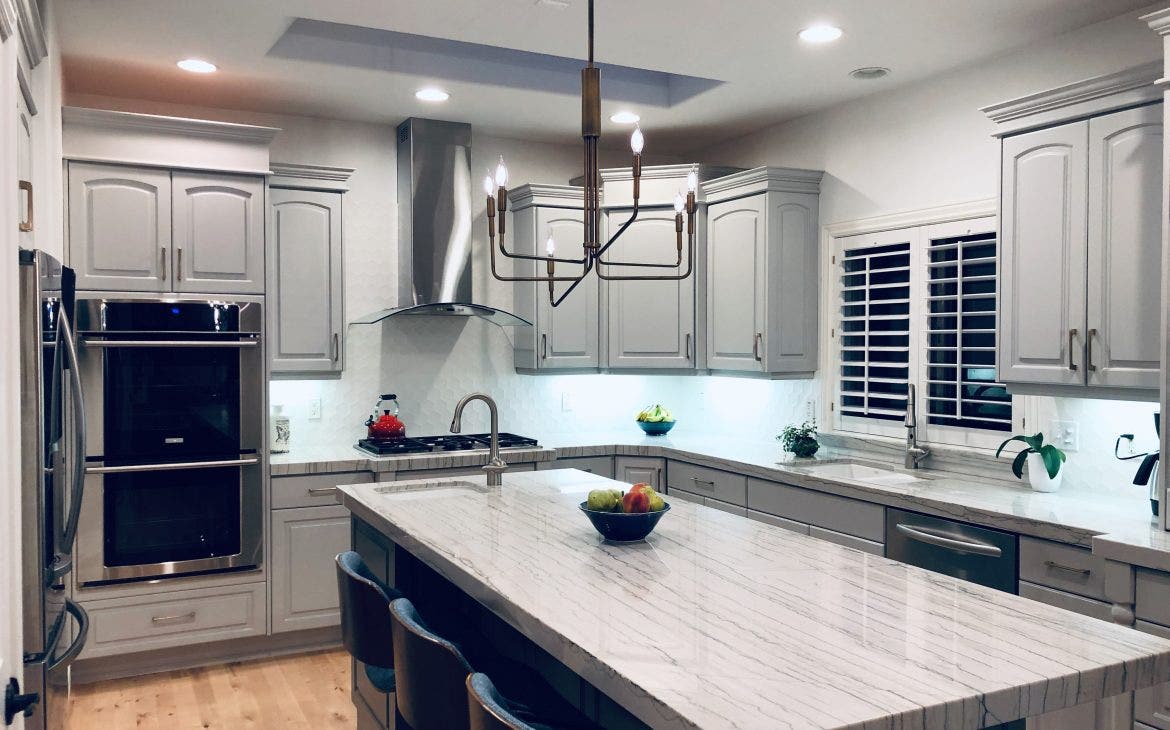
Siegel’s 2017 Range Hood Invention
The environmental variability of Siegel’s range hood works similar to its air quality sensors.
He describes that it “samples the background level during idle periods [and] it establishes reference levels for each parameter” (5).
In other words, when your hood is not running, it will measure the temperature and humidity for example, and use those measurements as a reference point for when you start cooking.
To maximize efficiency, “the system responds to rates of change in each parameters [temperature, smoke level, carbon monoxide, etc.] rather than only absolute fixed values” (5). This means that any rate of change, if large enough, will trigger an adjustment in range hood power, rather than the hood only adjusting when a fixed level of a parameter is reached.
Alarm Feature
Range hoods in today’s market do not have alarm capabilities; for now, it’s up to your smoke alarm to detect excess smoke or carbon monoxide in your kitchen. These are helpful, but don’t solve the issue of your contaminated kitchen air; Siegel explains, “having the ability to take action beyond emitting an alarm, by, for example, providing ventilation could also prove useful” (4).
This will save you time and stress as you won’t need to panic when your smoke alarm goes off. It won’t be disturbing your neighbors for several minutes as you scramble to open windows and doors. Your range hood will do all that work for you.
Siegel’s 2017 Range Hood Invention
Siegel’s range hood comes with an optional alarm. It features a motion detector, which detects if someone is within range of the range hood, and adjusts the alarm volume as needed (Siegel 5).
This helpful feature saves you a headache; you won’t have to deal with an annoying, blaring alarm going off when you’re in the kitchen and you know it’s filling with smoke.
Now that you know the vast potential of range hoods, are you considering purchasing one? Check out several features and benefits of range hoods below.
The Many Benefits and Features of a Range Hood
Check out this list of benefits that the range hoods of today provide. It is by no means exhaustive, but includes some of the most attractive benefits of a range hood.
Design Versatility
Range hoods come in a wide variety of sizes and styles. Residential hoods most commonly range from 24” to 60” and come in six different styles. These include wall mounted range hoods, island range hoods, under cabinet range hoods, professional hoods, range hood inserts, and custom hoods. Between these six styles, you’ll surely find one that works seamlessly with your kitchen design.
Accommodating Price Range
Generally, they range in price from under $50 to between two and three thousand dollars on the high end. Custom hoods cost several thousand depending on the size and material used. Whether you’re operating on a very tight budget or you want to splurge on your kitchen design, there’s a range hood for you.
At Proline Range Hoods, our cheapest range hood is the PLFW 581.36. Our under cabinet hoods are incredibly affordable; browse the many different designs here. Or, if you’re looking for more versatile, powerful, and customizable hoods, check out our elegant professional series.
Power Perfect for Any Cooking Style
There are residential range hoods on the market below 200 CFM all the way up to 2000 CFM. At Proline, most of our range hoods pull over 600 CFM.
Even though range hoods under 600 CFM aren’t very useful and few people need a hood as powerful as 2000 CFM, casual cooks, serious cooks, and anyone in between will be able to find the perfect hood for them.
Once you find the CFM that is perfect for your cooking style, you’ll enjoy incredibly clean air and a fresh-smelling kitchen. If you need advice on finding the right CFM for you, check out these two articles below.
How Many CFM Do I Need For My Range Hood?
Range Hood CFM For Electric Vs. Gas Cooktops
Dishwasher-Safe Baffle Filters
Some range hoods will have dishwasher-safe baffle filters, saving you lots of time cleaning. Most of Proline’s range hoods come with stainless steel baffle filters while a few models come with aluminum mesh filters.
Both of these filters will efficiently trap grease, dirt, and other unwanted contaminants from your kitchen air.
Occasionally, depending on how often you cook, and how often you clean your filters, they may become too dirty to clean in the dishwasher. Take a look at our article on how to clean range hood filters if your filters need some deep cleaning.
Stainless Steel
Stainless steel is an exceptionally durable and modern option for any kitchen appliance. They are great for range hoods, which will last long even through the toughest use.
Proline manufactures its professional-quality hoods in two types of stainless steel; check them out here! Proline’s 304 stainless steel is ideal for outdoor environments.
Most range hoods will have at least one light under the hood to brighten your cooktop. Proline’s hoods include long-lasting Halogen lights or energy-efficient LEDs to illuminate your cooktop. Cooking will be a breeze with these lights helping you see as you cook.
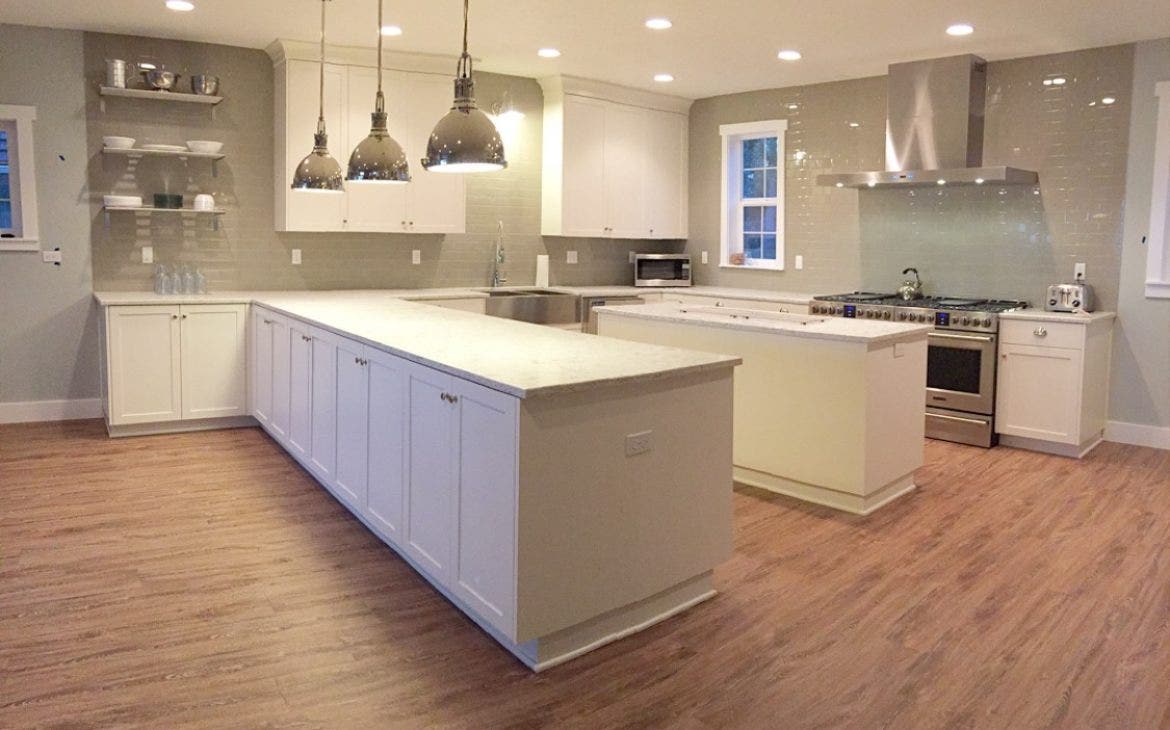
Easy-to-Use Control Panels
All of Proline’s range hoods come with user-friendly control panels, so anyone can operate the hood with no trouble. Enjoy either stainless steel push buttons or sleek LCD touch panels to manage your cooking with just the push of a button.
Ductless Hood Conversion
You can use what’s called a recirculating kit to convert some ducted hoods to ductless. This is a great option if you live in an apartment or condo and can’t install ductwork. Purchase a recirculating kit here for your Proline hood or browse our products for a hood that you can convert quickly and easily.
Summary
Thanks for reading this article on the current features of range hoods and their potential. If you’d like to purchase a range hood, browse Proline’s styles here!
Automation is already making waves today, especially in the home. In the past few years, home automation has been the primary focus of corporate giants Google, Apple, and Amazon, among others. But, as you know now, there are several promising, time-saving, and cost-effective ways that range hoods can, and will likely, be improved.
Read more about Robert Seigel’s innovative range hood that keeps your kitchen air clean and fresh here.
Be sure to keep up to date on any developments in the range hood industry now that you know they can be improved tremendously to help you in the kitchen.
- 4 Types of Range Hoods to Never Buy! (And Why)
- Determining the Ideal CFM for Your Outdoor Range Hood (From the Pros)
- Does an outdoor kitchen need a vent hood?
- Who to Hire for Flawless Outdoor Range Hood Installation
- How to Clean Your Outdoor Hood (3 Simple Steps)




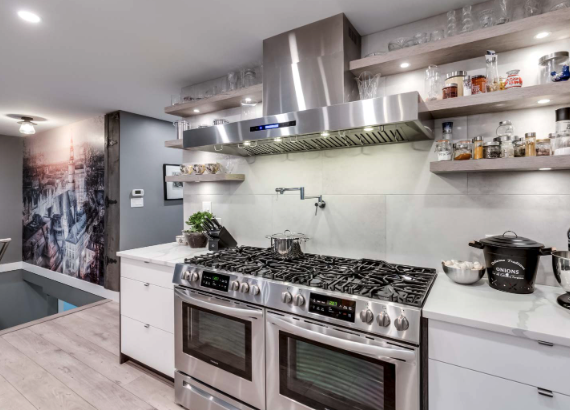
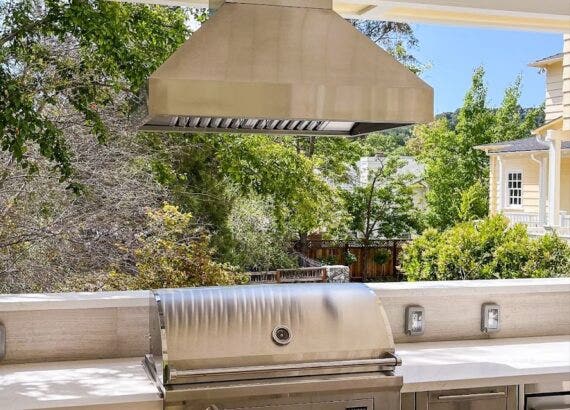
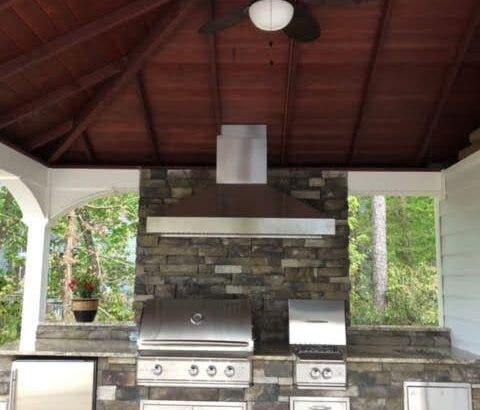
Comments are closed.